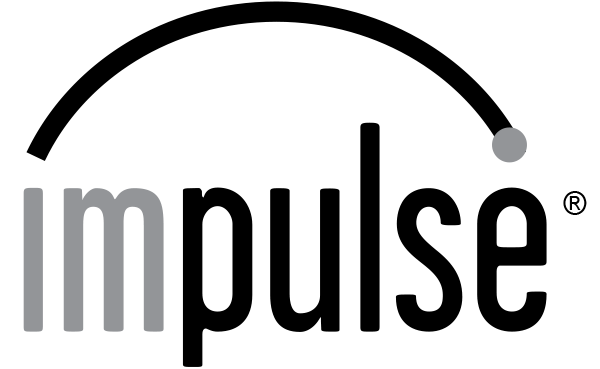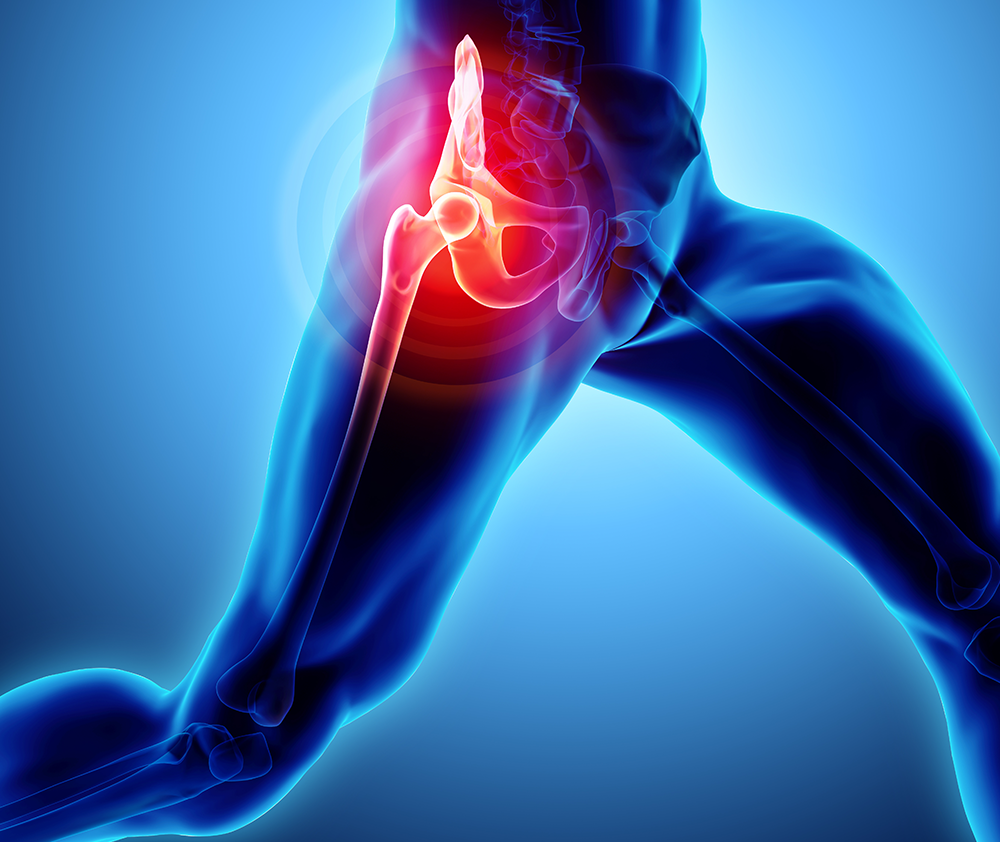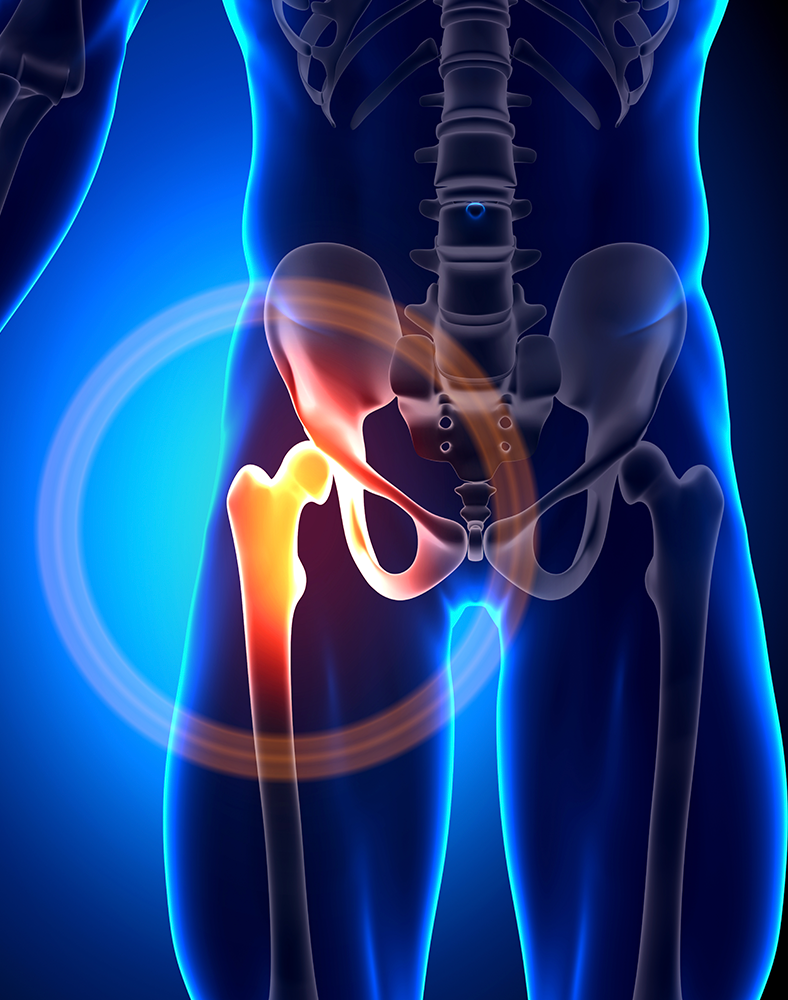Hip & Pelvis Pain
The pelvis and hip are interconnected structures in the human body that play crucial roles in supporting the upper body, providing stability, and facilitating movement. There are various conditions that can affect the pelvis and hip, including injuries, degenerative diseases, and structural abnormalities. This page looks into some common conditions related to the pelvis and hip:

It’s important to note that structural alignment conditions of the pelvis can often be interrelated and may contribute to or be influenced by other musculoskeletal issues. If you suspect any pelvic alignment abnormalities or experience persistent pain or discomfort, it is advisable to consult with a healthcare professional, such as a physical therapist or orthopedic specialist, for a thorough evaluation and appropriate management. They can provide specific guidance and treatment options tailored to your individual needs.
Pelvic Conditions
Structural alignment conditions of the pelvis refer to abnormalities or deviations in the positioning and orientation of the pelvis. These conditions can affect the overall posture, stability, and biomechanics of the pelvis and may contribute to various musculoskeletal issues. Here are a few common structural alignment conditions of the pelvis:
Sacroiliac Joint Dysfunction: (click to preview)
The sacroiliac (SI) joints connect the sacrum (triangular bone at the base of the spine) to the ilium (part of the pelvis). Dysfunction in these joints can occur due to inflammation, injury, or misalignment. Sacroiliac joint dysfunction can cause pain in the lower back, buttocks, and hips, and may be associated with pelvic asymmetry.
Anterior Pelvic Tilt: (click to preview)
Anterior pelvic tilt is a condition where the pelvis tilts forward, causing the front of the pelvis to be lower than the back. This can result in an exaggerated curve in the lower back (hyperlordosis) and a protruding abdomen. It is often associated with tight hip flexors and weak abdominal and gluteal muscles.
Posterior Pelvic Tilt: (click to preview)
In contrast to anterior pelvic tilt, posterior pelvic tilt refers to a backward tilting of the pelvis. This condition flattens the natural curve of the lower back (hypolordosis) and may lead to a tucked-in appearance of the buttocks. It can be caused by weak hip flexors and tight hamstrings.
Pelvic Obliquity: (click to preview)
Pelvic obliquity is a condition where one side of the pelvis is higher than the other. This may be due to various factors, including leg length discrepancies, scoliosis (sideways curvature of the spine), or muscle imbalances. Pelvic obliquity can result in uneven weight distribution, gait abnormalities, and postural asymmetry.
Pelvic Rotation: (click to preview)
Pelvic rotation refers to a twisting or torsion of the pelvis along its vertical axis. It can occur in different directions, such as clockwise or counterclockwise rotation. Pelvic rotation may be caused by leg length discrepancies, scoliosis, or muscle imbalances. It can lead to postural asymmetry, uneven weight distribution, and altered movement patterns.
Pelvic Instability: (click to preview)
Pelvic instability is characterized by excessive movement or looseness in the joints of the pelvis. It can be caused by ligamentous laxity, hormonal changes (such as during pregnancy), or trauma. Pelvic instability may result in pain, reduced stability, and difficulty with weight-bearing activities.
Hip Conditions
Neuromechanical Impulse practitioners are healthcare professionals who specialize in diagnosing and treating musculoskeletal conditions. For example, chiropractors primarily focus on the spine, they also provide treatment for certain hip conditions. However, it’s important to note that the scope of practitioner’s practice and the specific conditions they treat may vary.
Here are some common hip conditions that Neuromechanical Impulse healthcare professionals diagnose and provide treatment for:
Hip Alignment Issues: (click to preview)
Many hip conditions are the result of physical misalignment caused by a variety of circumstances. Neuromechanical Impulse healthcare providers are uniquely trained to assess and address hip alignment issues that may contribute to pain or dysfunction. By performing spinal adjustments, mobilizations, and soft tissue therapies, they may help restore optimal biomechanics and promote better hip alignment.
Hip Pain: (click to preview)
Chiropractors can help alleviate hip pain caused by various factors, such as muscle strains, ligament sprains, bursitis, or hip joint dysfunction. They may use manual techniques, such as spinal adjustments, mobilizations, soft tissue therapies, and exercises to reduce pain and improve hip function.
Hip Osteoarthritis: (click to preview)
Chiropractors may offer conservative management for hip osteoarthritis, including gentle joint mobilizations, stretches, strengthening exercises, and lifestyle modifications. While chiropractic care cannot reverse the degenerative changes associated with osteoarthritis, it may help improve joint mobility, reduce pain, and enhance overall function.
Hip Impingement: (click to preview)
Chiropractors may utilize specific adjustments, mobilizations, and soft tissue techniques to address hip impingement issues. They may also provide guidance on therapeutic exercises and stretches to improve hip range of motion and alleviate associated symptoms.
Hip Tendonitis: (click to preview)
Chiropractors can assist in the management of hip tendonitis by applying various treatment modalities, such as soft tissue therapies, ultrasound, electrical stimulation, and therapeutic exercises. They may also provide recommendations for modifying activities and improving biomechanics to reduce stress on the affected tendons.
Hip Labral Tears: (click to preview)
While conservative management of hip labral tears typically involves physical therapy, chiropractors may play a role in managing associated hip pain and dysfunction. They may employ techniques such as joint mobilizations, muscle energy techniques, and rehabilitative exercises to support the hip joint and surrounding structures.
In Conclusion
Hip and pelvic conditions can have a significant impact on daily living due to the integral role these structures play in various activities, including walking, sitting, standing, and engaging in physical tasks. The specific effects of hip and pelvic conditions can vary depending on the condition, its severity, and the individual’s overall health.
It’s important to note that the impact of hip and pelvic conditions on daily living can be highly individualized. The severity of symptoms, overall health, and the presence of other comorbidities can influence the specific effects experienced by each person. Seeking advice from a Neuromechanical Impulse healthcare professionals can help manage symptoms, improve function, and enhance overall well-being.
Here are some general ways in which these conditions may affect daily life:
Pain and Discomfort:
Hip and pelvic conditions often cause pain and discomfort, which can be constant or occur during specific movements or weight-bearing activities. This can limit mobility, make it difficult to perform routine tasks, and interfere with sleep and overall quality of life.
Mobility Limitations:
Conditions like hip osteoarthritis, labral tears, or hip impingement can lead to reduced range of motion, stiffness, and difficulty with movements such as bending, squatting, or climbing stairs. Mobility limitations can affect daily activities like getting in and out of a car, reaching for objects, or participating in recreational activities.
Impaired Walking:
Hip and pelvic conditions can alter gait mechanics and cause pain or instability during walking. This can result in a limp, reduced walking speed, or the need for assistive devices like canes or walkers to maintain stability and alleviate discomfort.
Difficulty Sitting or Standing:
Conditions such as pelvic instability or sacroiliac joint dysfunction can make it challenging to sit or stand for prolonged periods. Individuals may experience pain or discomfort in the hip or pelvic region when maintaining static postures, leading to difficulty with work tasks, attending events, or even enjoying leisure activities.
Functional Limitations:
Hip and pelvic conditions may limit an individual’s ability to engage in physical activities and hobbies, leading to a decreased ability to exercise, play sports, or participate in recreational pursuits. This can impact overall fitness, weight management, and mental well-being.
Impact on Daily Tasks:
Everyday tasks like dressing, grooming, and bathing may become challenging due to limited hip or pelvic mobility or pain. Simple activities such as tying shoelaces, reaching for objects in cabinets, or getting in and out of a bathtub may require modifications or assistance.
Dependency on others:
Severe leg and knee conditions may require assistance from family members or caregivers for activities of daily living, such as dressing, bathing, or household chores.
Emotional and Psychological Impact:
Chronic pain and functional limitations associated with hip and pelvic conditions can have emotional and psychological consequences. Individuals may experience frustration, anxiety, depression, or reduced overall quality of life due to the impact on their independence, activities, and social interactions.
Neuromechanical Treatment gets to the root cause of symptom expression and relieves pain by addressing the cause rather than masking the symptom.
Primary Care Doctors
Many primary care practitioners support a wide range of care including Neuromechanical Impulse treatment. Your primary care doctor is likely to refer you to a Doctor of Osteopathic Medicine or a Doctor of Chiropractic specializing in Impulse care.
Rheumatology Doctors
Neurosurgery Doctors
Orthopedic Doctors
Osteopathic Doctors
Chiropractic Doctors
Narrowly focused training in systemic nervous systems, tendon/ligament, mechanical joint movement, and conditions of the spine. Notably the most predominant group implementing this care, their hands-on experience and practical knowledge prove advantageous in Neuromechanical Impulse Treatment.
Your Wellness Journey
Starts Here
Please use this form for help with Neuromechanical Impulse Therapy.
We will connect you with a practitioner in your area.



